THAI BINH More than 100 years ago, a farmer from Thai Binh went to Thailand to work and brought back seeds of a strange plant. Later, it became a specialty that helped the whole commune become rich.
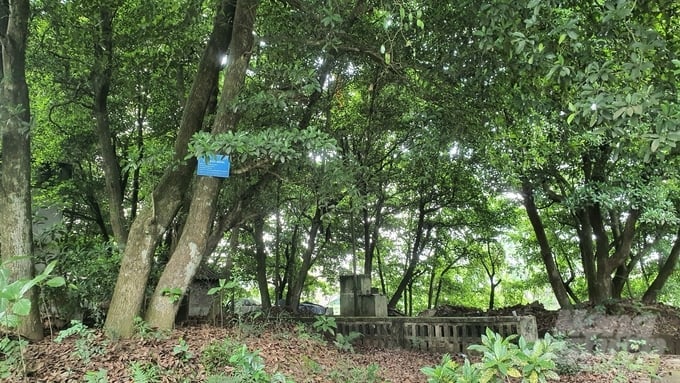
The famous product of Lo Giang land (Dong Hung district, Thai Binh) called sapodilla was taken from Thailand more than 100 years ago. Photo: Kien Trung.
The story has been passed down for generations by the people of Lo Giang commune (Dong Hung district, Thai Binh province) when talking about the origin of the sapodilla tree - a specialty tree that only exists in two villages in the commune, and is the pride of this land.
The first person to bring sapodilla to the rice homeland
The person mentioned by the villagers with gratitude and respect is Mr. Dinh Van Sach. More than 100 years ago, Mr. Sach, while working as a laborer in Thailand, brought back to his hometown a strange tree species. By some unknown fate, the tree adapted to the climate and soil, took root in the new land, grew and flourished, and in no time at all it grew lush with leaves, flowers and fruits...
At that time, because they did not know the name of the strange tree, the whole village did not dare to eat it for fear that it was a poisonous fruit. As the one who brought the tree back to his hometown, Mr. Sach risked cutting it open to try it. He found that it had a sweet, cool taste, a mild aroma, and black seeds that were painful like custard apple seeds, and a thin, flat shape like persimmon seeds. After holding his breath for several days after tasting the strange fruit, Mr. Sach felt that he was still healthy and normal, with no ill effects, and only then did the villagers dare to eat it. Its fresh, cool, sweet taste delighted the whole village.
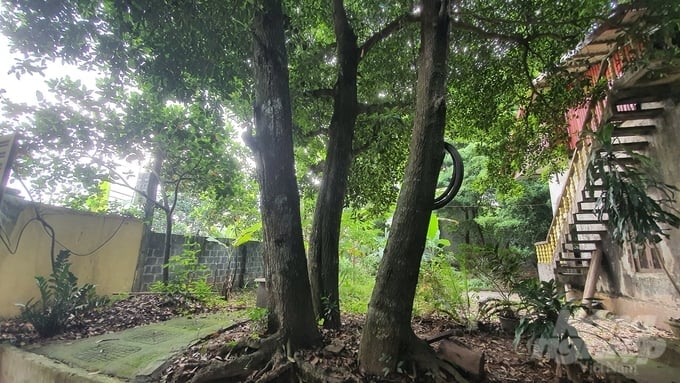
One of the eight original trees was grafted from four sapodilla trees that Mr. Sach brought back to his hometown. Photo: K. Trung.
Because the tree was taken from Siam (the old historical name of Thailand), combined with the characteristics and shape of the fruit resembling a persimmon, but slender, long, and pointed at one end like a loquat, Mr. Sach gave it the name "sapricot persimmon". That colloquial name has been preserved for over a hundred years, becoming the official name of the specialty tree that Mr. Sach traveled all the way from Siam to plant on Lo Giang land.
The good news spread far and wide, and villagers came to ask Mr. Sach for seedlings to plant. Being kind-hearted and generous, and wanting every house to have a precious tree to eat and beautify the family yard, Mr. Sach grafted branches, propagated and distributed them to the whole village. From a single seedling brought back from a faraway land, today, the sapodilla tree has covered the two villages of Hoang Nong and Phu Nong with a planting area of up to several dozen hectares.
The first four sapodilla trees were planted by Mr. Sach, two in his garden, one in the village temple, and the remaining tree in a landlord's garden. After 1945, the landlord's land was confiscated and divided equally among the poor farmers in the village, and the ancestral sapodilla tree also became the property of the villagers. To date, all four sapodilla trees mentioned above have become ancestral trees, over 100 years old. The saplings grafted from branches of the F1 and F2 generations are now labeled as the original tree, 7-80 years old, and are all giant trees.
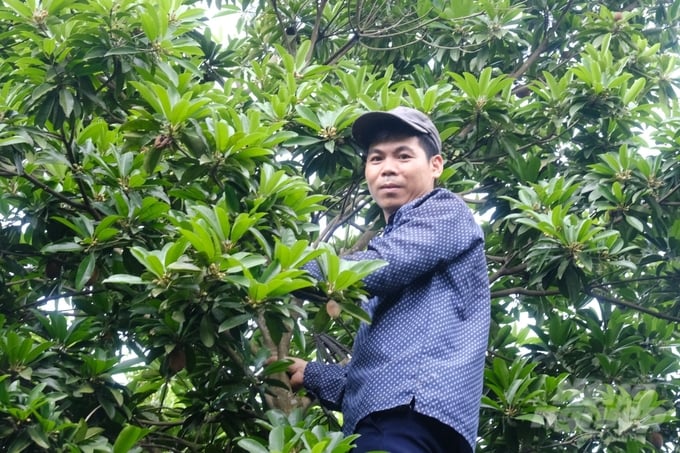
Mr. Nguyen Tien Dat harvests sapodilla in his garden. Photo: K.Trung.
“A few years ago, the ancestral sapodilla tree in the village pagoda was broken by a storm. Due to the renovation and restoration of the village pagoda, the tree had to be moved elsewhere and then died. What a pity. Currently, Lo Giang has 3 ancestral sapodilla trees left, which are “tall and shady trees” that are cared for and preserved by the villagers,” Mr. Vu Xuan Thanh, Chairman of Lo Giang commune, regretted.
Sapodilla shade
Mr. La Duc Thang, Head of the Department of Agriculture and Rural Development of Dong Hung district proudly took me to the "cradle of Lo Giang sapodilla" to see this precious tree. Mr. Thang said that the province and district... have a roadmap for this precious tree to preserve, propagate, and turn it into an economic tree, helping people get rich on their own homeland.
Hoang Nong and Phu Nong are two-fourths of Lo Giang commune. The fields are straight and the rice is in the grain. Although there are not many large fields like the large fields in Kien Xuong and Thai Thuy in the province, Mr. Thang is still full of pride: "My hometown Dong Hung has the highest rice yield in the province. The rice fields are very good, the canals, embankments, and banks are straight. The fields are as beautiful as paintings."
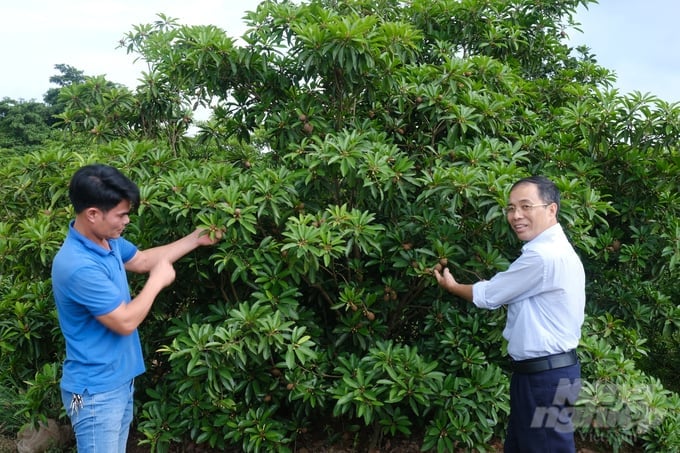
Mr. La Duc Thang (in white shirt), Head of the Department of Agriculture and Rural Development of Dong Hung district, inspects a 6-year-old sapodilla garden in Lo Giang commune. Photo: Kien Trung.
Standing out above the green of the rice fields are the spacious and neat new rural concrete roads, intersecting like a checkerboard. The residential areas are clustered together, standing in a corner. Pointing to the dark green carpet, rising high in the distance, Mr. Thang said: "That is the sapodilla growing area of Hoang Nong village".
Following the direction Mr. Thang pointed, a dark green mass stretched out before his eyes, just looking at it exuded prosperity. The dark green masses, reaching high, were ancient sapodilla trees. The green areas, lighter, lower… were newly planted sapodilla gardens, about 5-6 years old. The green covering the village made the residential areas from afar look like a green island full of vitality, some areas looked like a forest carpet.
Through the village roads and alleys, the branches of the sapodilla trees hang down to the road. It feels like pedestrians have to turn the branches to go along the village road, two motorbikes going in opposite directions, if they avoid each other, will hit the sapodilla branches stretching out to catch the sunlight.
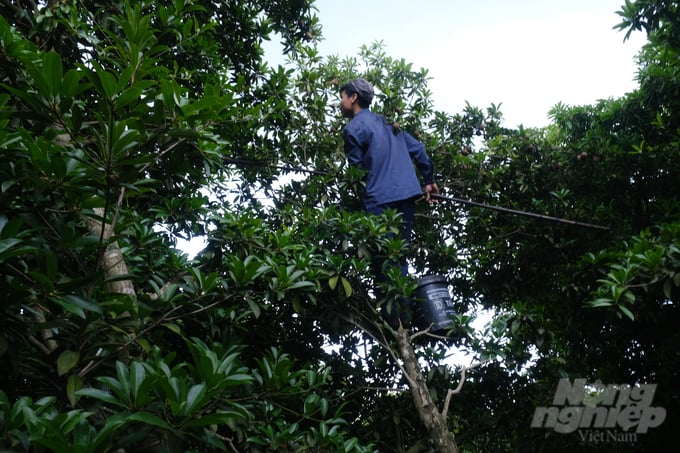
People in Lo Giang commune have to climb high up to the treetops to harvest sapodilla. Photo: K. Trung.
A few days before that, it had rained in Lo Giang. The cool early summer rain seemed to wash the gardens, giving the sapodilla gardens a new look. The milky brown buds spread out, clustered together like a pedestal of a coin flower.
In the gaps between the leaves at the top of the branches, the sapodilla flowers compete to sprout, even though they are still at the top of the branches, the fruit batches still overlap, there are young fruits that have just set, small as beans, there are fruits as big as fingers, the batches of fruits are as big as chicken eggs, ready to be harvested... The sapodilla tree bears fruit continuously and is harvested in parallel throughout the period from the 11th lunar month of the previous year to the 5th and 6th lunar months of the following year. The lush and beautiful sapodilla gardens further enhance the peaceful and prosperous appearance of the countryside.
Passing through a garden full of green sapodilla trees, seeing a tree swaying, Mr. Thoai - Director of Lo Giang Agricultural Service Cooperative stopped and took us to visit. He knew that someone was climbing to pick and harvest the fruit.
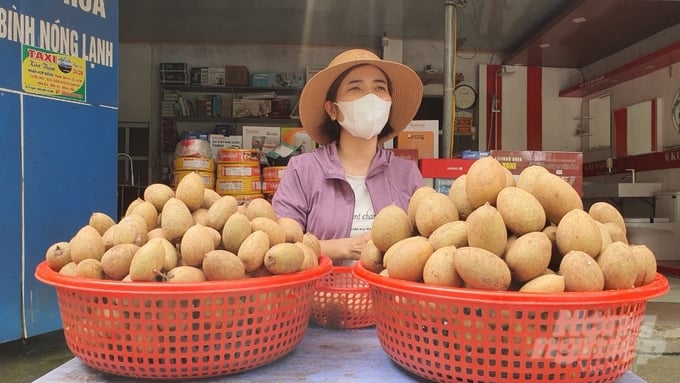
Sapodilla fruits - a specialty of Lo Giang countryside... Photo: Kien Trung.
In the middle of the vast green, there are people calling out in the middle of a summer noon but no one is seen. The sapodilla bushes are 5-7 meters high with lush branches and leaves, covering the trunk, only the fruit is visible but the tree trunk is not visible...
Mr. Thoai cleared his throat and called out. Sure enough, there was an immediate response. Mr. Nguyen Tien Dat (born in 1984) and his wife were sitting on two treetops, right in the area where the tree had been shaking earlier. This morning, they had to harvest in time for the traders to come and pick up their goods.
Mr. Dat's vast garden is nearly one hectare, previously a poor rice field, he asked to convert it to growing fruit trees. His sapodilla garden has been planted for 20 years this year, the sapodilla trees have trunks as big as thighs, straight canopies, about 5-6 meters high, each branch has a lot of fruit hanging down.
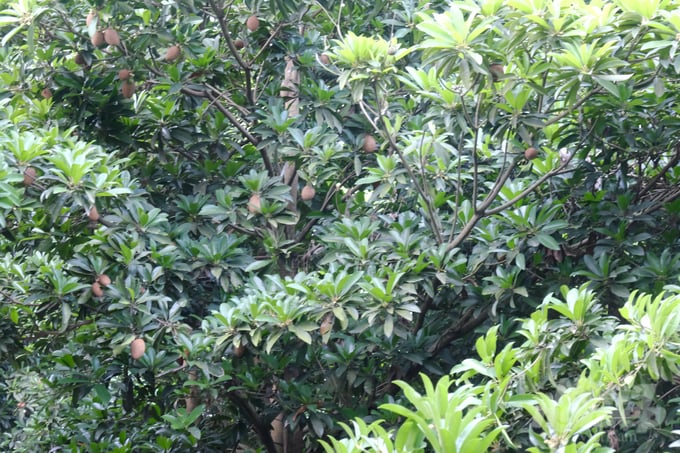
For a long time, sapodilla has become a high-income tree in rice-growing areas. Photo: Kien Trung.
Already accustomed to picking fruit, Dat moved quickly like a monkey from branch to branch. For high, far branches that he could not reach with his hands, he had to use a long pole made of a stick with a hole to support the fruit, so that it would not fall to the ground. A basket was hung by a rope from the neck of the sapodilla tree. Whenever the basket was full, Dat would climb down to the base and pour it into the pineapple sacks.
Mr. Dat can grow 30-40 mounds of land, each mound has 3-4 sapodilla trees, equivalent to about 100 sapodilla trees. The price of selected sapodilla trees at the beginning of the season (grade 1) is 40,000 VND/kg; the sapodilla is sold in bulk, with traders coming to the garden to buy at over 20,000 VND/kg. Each year, the rose garden yields about 2 tons of fruit, which means that Lo Giang farmers pocket 50-60 million VND - an economic value much higher than growing rice...
The special thing about the sapodilla tree on Lo Giang land is that farmers only invest in planting the tree once but can harvest it for life, because the land here is especially suitable for sapodilla trees, they grow and have a lifespan of hundreds of years. The proof is that the "ancestral sapodilla" trees planted since the time of Mr. Dinh Van Sach in the past are still being harvested, none of them have degenerated or aged, or died. Only one of the four ancestral trees mentioned above died due to storms and external impacts, not due to tree disease.
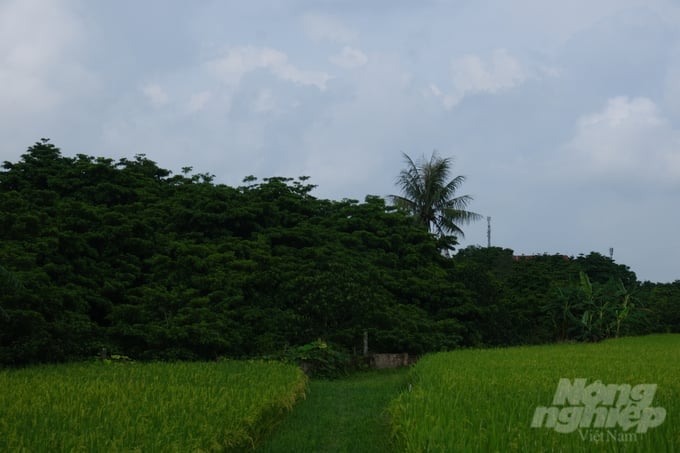
The countryside is covered with star apple trees. Photo: Kien Trung.
Picking a ripe sapodilla hidden very well in a leaf gap, Mr. Dat excitedly gave it to me: "Journalist, try to see if the Lo Giang sapodilla is different from other sapodilla varieties?". Receiving the sapodilla from his hand, I curiously explored: Under the thin, plump, shiny, smooth skin is the red, juicy inner layer. It tastes refreshing, cool, sweet and has a very unique flavor, fragrant throughout the whole garden...
Source: https://nongsanviet.nongnghiep.vn/ly-ky-tieu-su-giong-hong-xiem-nhot-100-nam-tuoi-d386071.html


![[Photo] Prime Minister Pham Minh Chinh receives Rabbi Yoav Ben Tzur, Israeli Minister of Labor](https://vphoto.vietnam.vn/thumb/1200x675/vietnam/resource/IMAGE/2025/5/21/511bf6664512413ca5a275cbf3fb2f65)


![[Photo] Coming to Son La, let's "show off" with the Wallflowers](https://vphoto.vietnam.vn/thumb/1200x675/vietnam/resource/IMAGE/2025/5/21/627a654c41fc4e1a95f3e1c353d0426d)
![[Photo] Prime Minister Pham Minh Chinh receives the President of Asia-Pacific region of PowerChina Group](https://vphoto.vietnam.vn/thumb/1200x675/vietnam/resource/IMAGE/2025/5/21/0f4f3c2f997b4fdaa44b60aaac103d91)
![[Photo] Scientific workshop "Building a socialist model associated with socialist people in Hai Phong city in the period of 2025-2030 and the following years"](https://vphoto.vietnam.vn/thumb/1200x675/vietnam/resource/IMAGE/2025/5/21/5098e06c813243b1bf5670f9dc20ad0a)


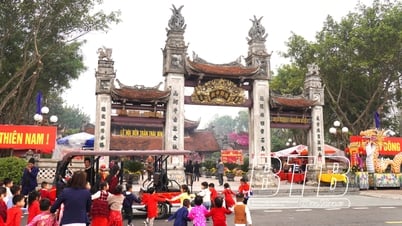







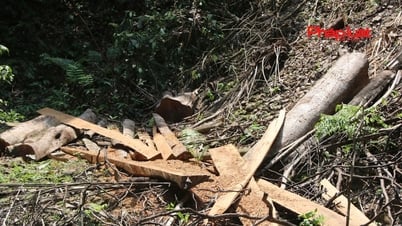



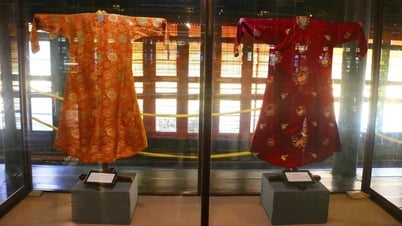












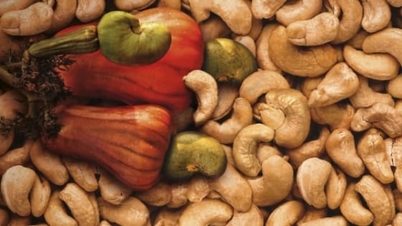

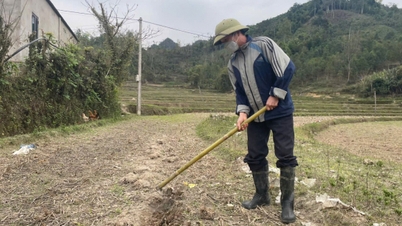

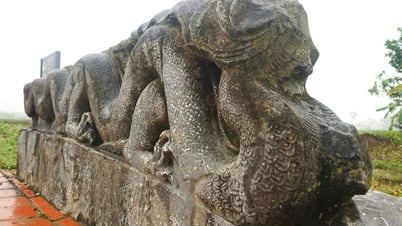
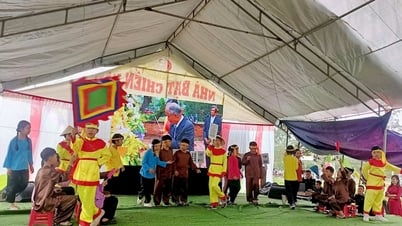



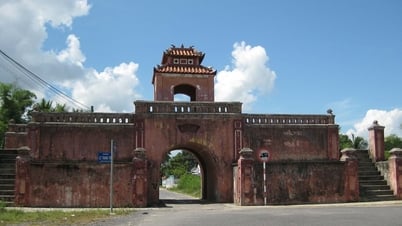








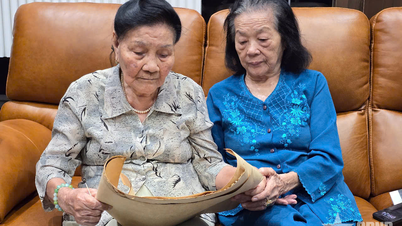



















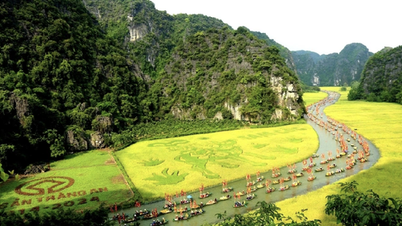








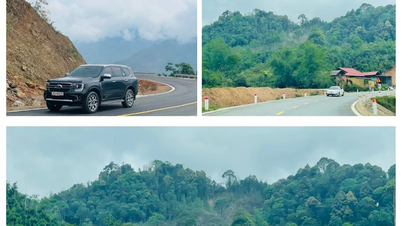















Comment (0)